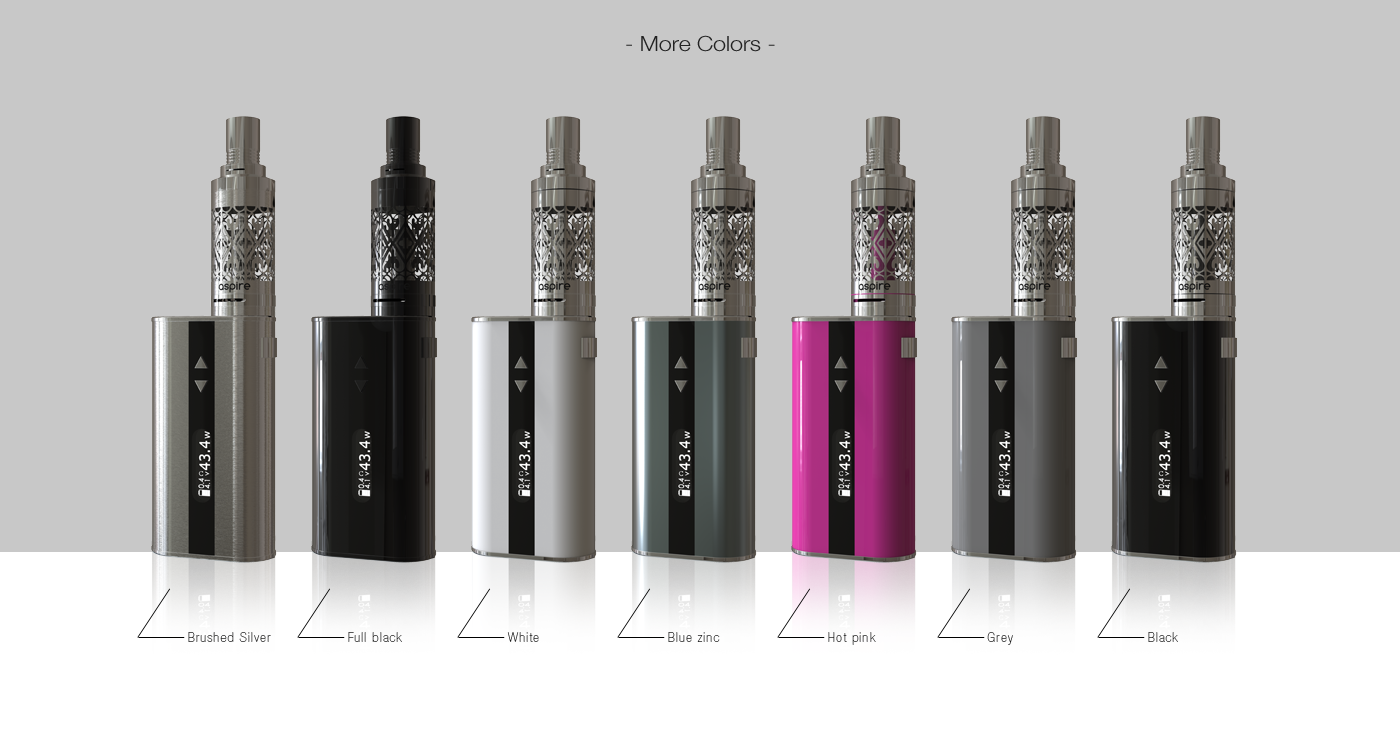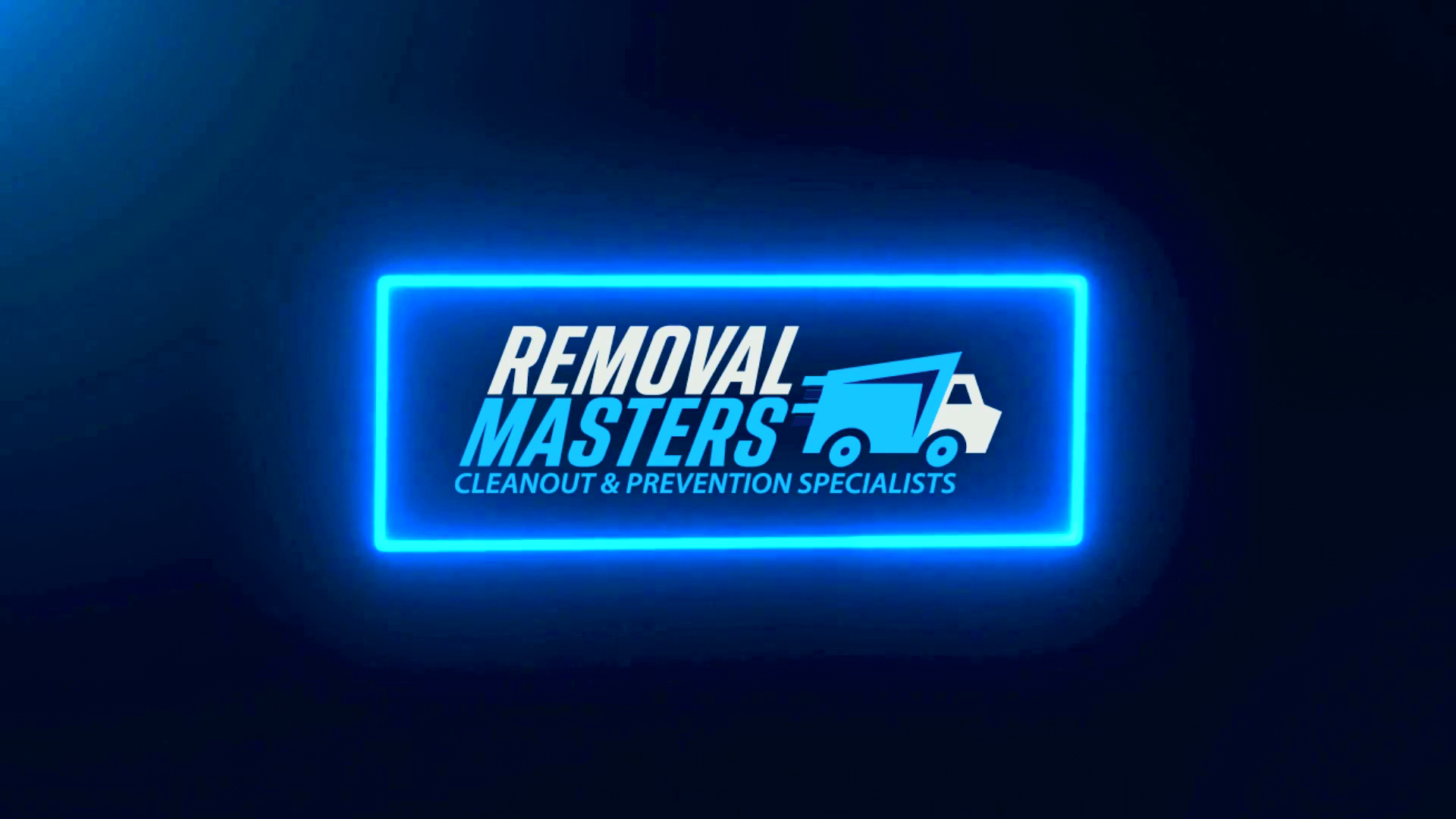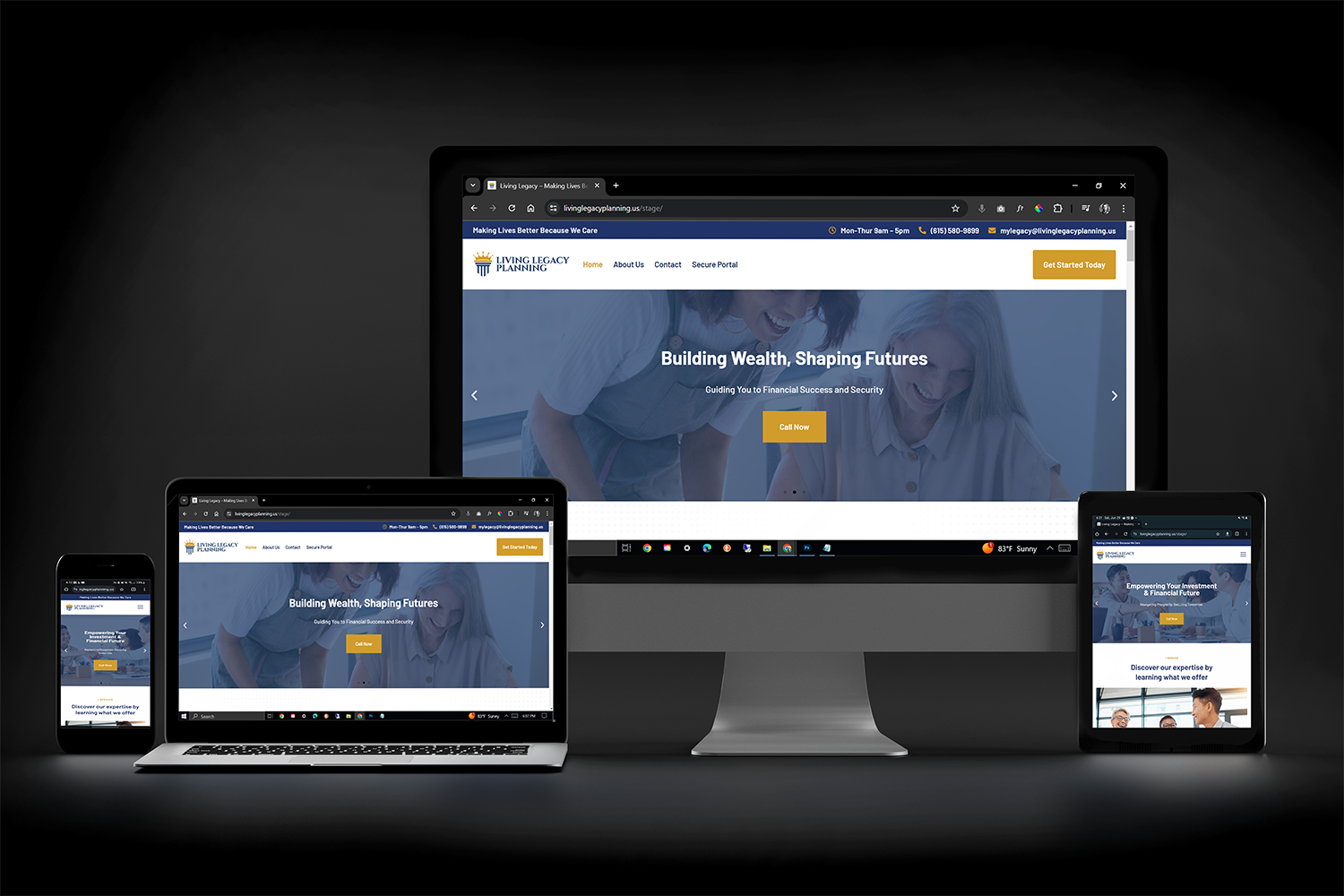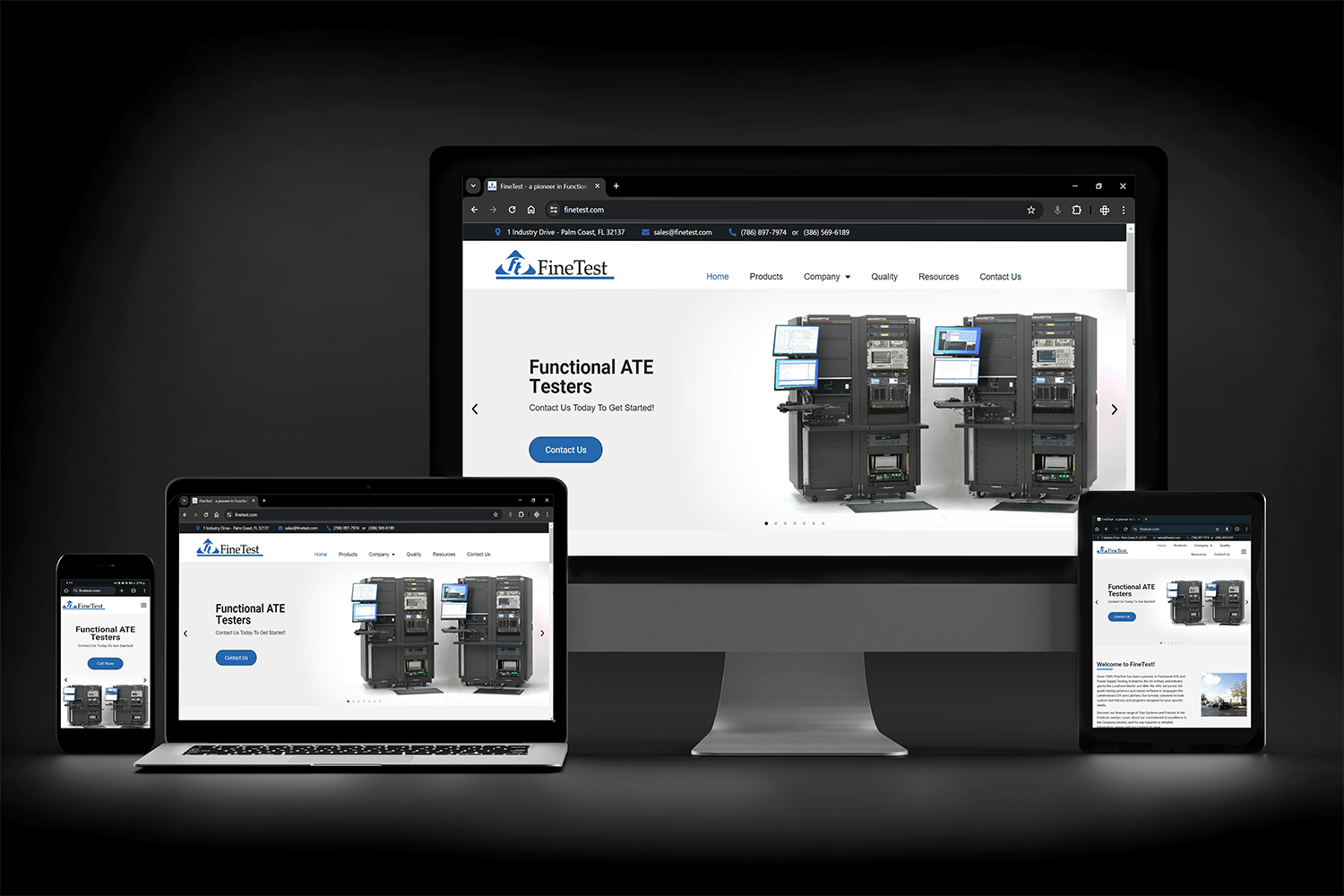Building a Successful Engineering Team
Creating a successful engineering team isn’t just about technical skills—it’s about having a clear vision, a strong team culture, good collaboration with other departments, promoting flexible work practices, and encouraging continuous learning. A key factor in this success is having a well-defined workflow process.
An engineering workflow outlines a series of structured activities and tasks that guide the team through a project’s lifecycle. This process includes several crucial stages that are essential for project completion.
8 Engineering Workflow Stages
These stages break down into specific tasks for team members, with each completed stage smoothly transitioning to the next. So, what are these different engineering workflow stages?
Though workflows can vary depending on the project, industry, and methodology (like Agile, Waterfall, or Kanban), the core process usually includes these eight essential stages:
Stage 1: Planning
The first stage is planning, where the project manager outlines the project’s scope, goals, and objectives. This involves a feasibility study to assess technical and economic potential and identify major risks. During this phase, resource allocation, budget estimation, and timeline creation are also key tasks. Tools like Excel, Teamhood, Confluence, and ClickUp are often used to manage the planning process.
Stage 2: Design
In this stage, the concept or idea is designed in detail. The requirements gathered in the planning phase are translated into design diagrams, creating detailed specifications for each component. Prototypes or mockups are often created to visualize the end product. Tools like Figma and FigJam are popular for designing these mockups.
Stage 3: Development
This is where the actual coding happens. Developers implement the design using programming languages such as Java, Python, or C#. Regular code reviews ensure quality, and unit tests are conducted on individual components. Integration testing ensures that different components work together seamlessly, and version control systems track code changes.
Stage 4: Quality Assurance
Quality assurance (QA) or the testing phase is crucial for project success. The QA team conducts comprehensive testing, including functional, performance, and security tests. This phase can be lengthy as it involves identifying and fixing defects. User Acceptance Testing (UAT) is also performed, involving stakeholders to ensure the product meets their requirements.
Stage 5: Deployment
The deployment stage involves preparing for the product’s release. A release plan, including deployment schedules and rollback plans, is developed. Coordination with the operations team is essential to deploy the product into the production environment. Continuous monitoring post-deployment helps identify and address any issues.
Stage 6: Maintenance & Support
After deployment, the engineering team conducts a post-implementation review to evaluate the project’s success and identify improvement areas. Ongoing maintenance and support are provided to ensure the product continues to function well. This might include tracking engineering productivity metrics to maintain efficiency.
Stage 7: Continuous Improvement
Even after the product is deployed and supported, continuous improvement is vital. Feedback from stakeholders and users is gathered to make enhancements. Methods like agile retrospectives, the PDCA (Plan-Do-Check-Act) cycle, root cause analysis, and Kaizen are used to drive continuous improvements. Documentation is also created for future reference and knowledge transfer.
Stage 8: Retrospective and Knowledge Sharing
The final stage involves a thorough review of the entire project. The team reflects on what went well, what didn’t, and how processes can be improved in the future. This stage is crucial for capturing lessons learned and sharing knowledge across the team. Creating comprehensive project documents, including user manuals, technical documentation, and code manuals, helps in future projects and team training.
These stages provide a general guide and can be adapted based on specific requirements, methodologies, and tools used by your engineering team. Regular communication, collaboration, and flexibility are essential for success in any engineering project.
If you need support with any of these stages, get in touch with us to learn how we can help.








